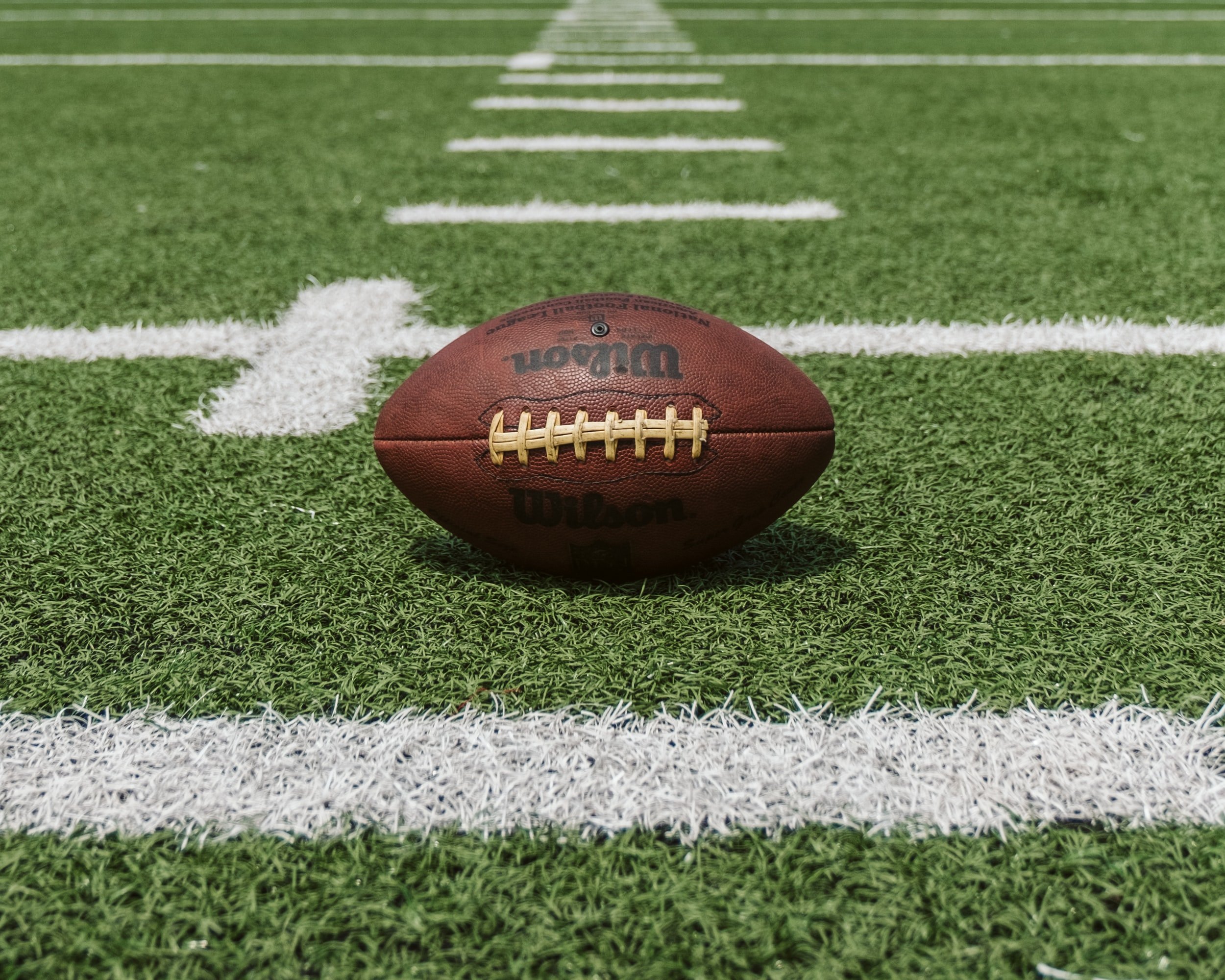What is the NFL Guardian Cap? Will it do anything to reduce concussion?
The NFL is unveiling a new piece of headgear to specific positions this preseason - the "guardian cap."
"In all 2022 preseason practices up until the second preseason game, all offensive linemen, defensive linemen, tight ends, and linebackers are required to wear the Guardian Cap, providing additional impact protection during the period when the league sees the greatest concentration of helmet impacts." - NFL (Guardian Cap Debuts at Training Camps League-wide)
The big draw of these helmet attachments? It is proposed that this piece of equipment with decrease concussions. We would all love to see fewer concussions in the NFL, but is it feasible with this new headgear?
"When worn, the Guardian Cap results in at least a 10% reduction in severity of impact if one player is wearing it, and at least a 20% reduction in impact if two players are wearing them." - NFL (Guardian Cap Debuts at Training Camps League-wide)
The NFL is calling this a "reduction in impact severity." However, some news outlets say this is a 10-20% reduction in concussions.
"The Guardian Cap is a soft, padded outer shell that is worn around the outside of players' helmets. The NFL says that they can reduce concussions by up to 10% if one player involved in a collision is wearing one of them and up to 20% if both players involved in a collision have them on." - USA Today (What are Guardian Caps, and why are some NFL players wearing them during training camp?)
Whoops. An extrapolation like this is an example of the "media spin" we see in the concussion world. It turns out that approximately 82% of concussion media has spin and may be inaccurate.
So, what's my stance on the guardian caps?
As of July 30, 2022, only two publications on "guardian caps" were found in PubMed. And neither of them was overwhelmingly in favor of using guardian caps to reduce concussion incidence.
This master's thesis by Nicole Cuccurullo found that
"The average peak acceleration (gmax) for the helmet with the Guardian Cap was 85 g's ± 23 as compared to 91 g's ± 26 for the helmet alone."
In terms of g-force, you need 70-160g's of force to sustain a concussion. Based on the data above, you can reach concussive forces even with a guardian cap. Helmets and headgear do not prevent concussions in contact sports. Helmets and headgear prevent more severe TBI and external head/skull trauma.
So, overall, the guardian cap is a great effort and may reduce impact severity by 10-20% and g-force by 7%. Still, I will remain skeptical until hard outcome numbers (e.g., the actual number of concussions) decrease.
What can athletes be working on instead to prevent concussions?
Nothing will prevent concussion 100% - except for maybe canceling gravity. We have some mixed research on the following strategies:
Neck strength MAY be associated with decreased concussion risk. But, as I like to remind folks, you could have the world's most muscular neck, and if you're not ready for the hit - concussion.
Improving neck proprioception and body awareness may decrease the risk of concussion. A study of male rugby players showed a 5% increased risk of concussion for each 10% increase in proprioceptive errors on cervical testing.
Improving reaction time and visual processing speed was something trialed at the University of Cincinnati with Dr. Clark.
The commonality in these strategies is improved awareness, readiness, and resilience to physical impacts.
In my office, we use and combine tools like the BTrackS Force Plate, Iron Neck, and Motion Guidance tools to create dynamic and practical means of improving neurological and physical performance to minimize concussion risk or speed up your recovery.
I offer in-person care here in Arizona and virtual programs for folks outside the state and abroad. Over the course of three visits, we dive deeply into each of the systems mentioned above and assess metabolic/hormonal and psychological function. By completing this comprehensive assessment in a matter of 2-3 weeks, patients are provided with a comprehensive rehab plan that can shave months off their recovery times.
For your very own consultation to begin working together, request an appointment below.



